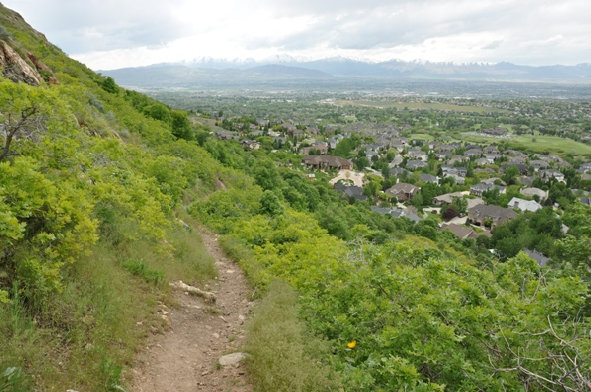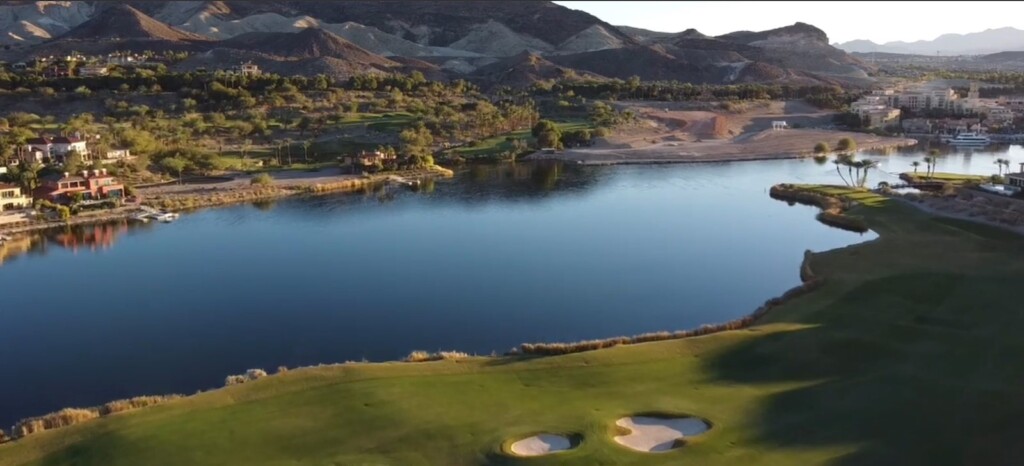
I have had many clients over the years who are geologists. Funny sort, they are. Often socially awkward from spending too much time bonding with dirt rather than humans, I find they are full of swell trivia you can use to win a party game or two. Like the facts that our Uinta Mountains are the only mountains that lie on a horizontal axis in North America, that they took about 70 million years to become what we see and hike around today, and home to the highest mountain top in the state—Kings Peak. Hikers love that great rock. It’s only 79 miles east of the capital city and 45 miles north of Duchesne.
There are three routes to the summit: a breathtaking hike up the northern ridge; a slower, easier and longer one up the southern slope, and another panting crawl up the eastern slope. The good news is that you don’t have to be an expert to climb Utah’s big mountain, or bring chalk, carabiners or ropes.
If you really want to find old rocks and animal trails, they tell me you’ve got to go out of Zion to Newfoundland and Labrador, Canada. If you want to find the absolute oldest trails ever made (and discovered), you’d go to Missing Point, which harbors the remains of the first large complex life forms to ever live on earth. They are more like slug trails than deer trails, and have been determined to be 565-million-years-old. They are remaining tracks of the first mobile organisms—things with muscular, disc-shaped feet, like sea anemones.
Back in Salt Lake City, we can see animal trails from the benches to the valley made by mammals foraging for food and water. Sadly, as we settled the area, we stopped animals from their natural migrations. Walk or bike along the Bonneville Trail and you’ll see deer trails. But look down and you may find a trilobite or two because that trail is located on the shore of the old lake Bonneville which rings the entire Valley. The Great Salt Lake is what’s left of that ancient body of water, and in its day it was crawling with anemones, crabby things and snail-like creatures.
I’ve found several fossils under the ‘U’ above the University from that era, thanks to tips from my rock-hounding friends. The modern lake is only 30,000 years old, so those relics on the trail are much more evolved and groovy to find so close to humanity.
Babs De Lay: Broker Urban Utah Homes & Estates





